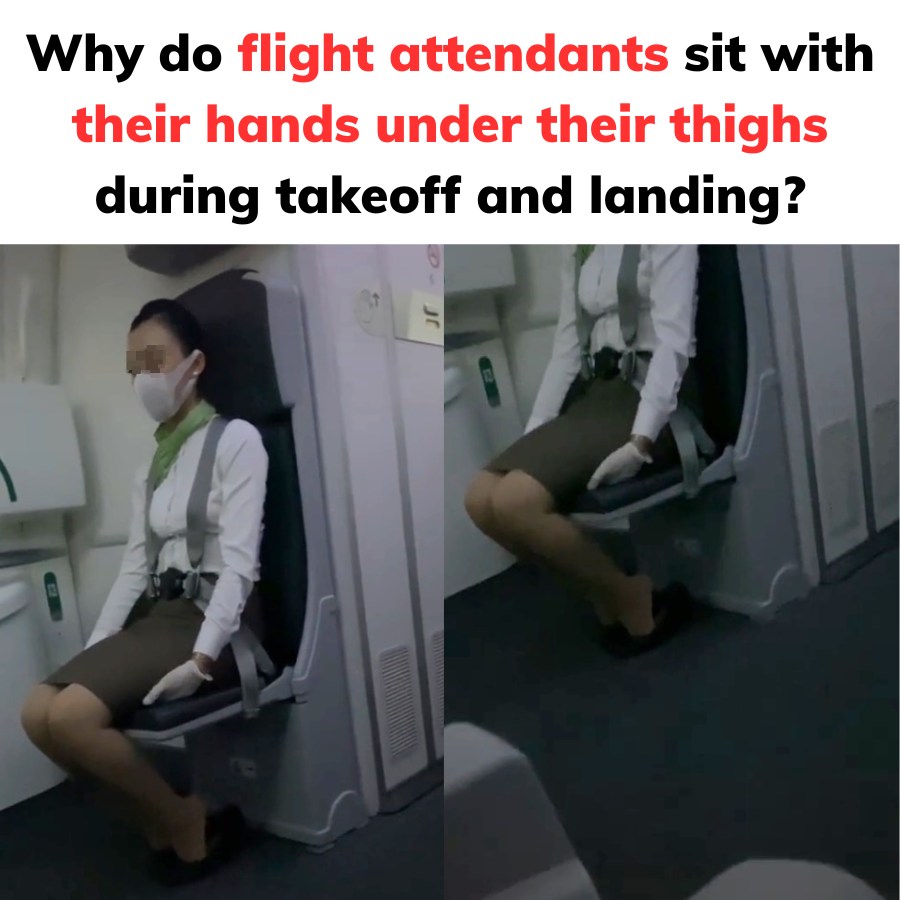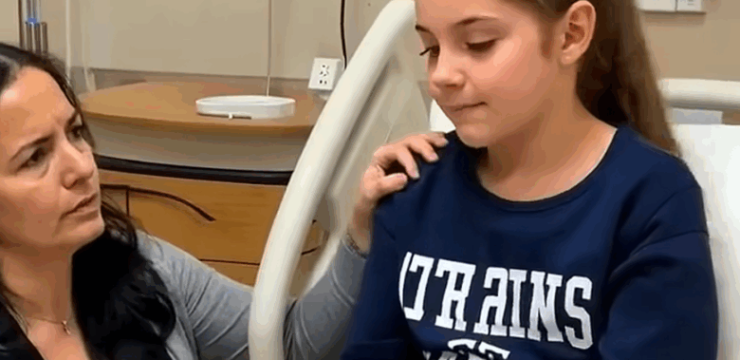Have you ever noticed the distinct way flight attendants sit during takeoff and landing? Their posture often catches the attention of passengers, sparking curiosity about its purpose. At first glance, it might appear unusual or even uncomfortable compared to the way passengers are seated. However, this specific sitting position is far from arbitrary—it plays a critical role in ensuring safety and readiness during some of the most crucial phases of a flight.

The seats flight attendants occupy, commonly known as jump seats, are entirely different from the cushioned, armrest-equipped chairs designed for passengers. Positioned in isolated areas, typically near the exits or galley, jump seats lack the padding and ergonomic features that prioritize comfort in passenger seating. This design is intentional, prioritizing practicality and safety over comfort. While they might seem less appealing at first, jump seats are specifically built to serve the unique needs of flight attendants, particularly during takeoff and landing when the aircraft experiences significant vibrations and potential turbulence.
Flight attendants’ seated posture during these critical moments is carefully calculated to enhance stability and minimize the risk of injury. By sitting upright with their legs and feet positioned in a specific way, they can better absorb shocks and maintain their balance. This posture reduces the chances of being thrown forward or sideways in case of sudden movements, ensuring they remain secure in their seats. It’s a small but vital detail that plays an essential role in their ability to stay physically prepared for emergencies.
The purpose of this seating posture goes beyond stability. It’s a safety measure designed to protect flight attendants in the event of an emergency. By aligning their bodies in a way that absorbs potential impacts effectively, they reduce the likelihood of severe injuries. This alignment ensures they are physically capable of performing their duties, especially during high-stress situations like emergency evacuations. Their readiness to act in such moments is a cornerstone of aviation safety, allowing them to guide passengers and manage critical tasks with efficiency and composure.
Interestingly, this posture is a blend of formal training and instinctive adaptation. Flight attendants are taught this specific way of sitting during their rigorous training programs. Over time, these instructions become second nature. Spending countless hours in their unique seating environment, they develop habits that enhance their sense of security and readiness. This combination of learned techniques and instinctive adjustments reflects the high level of professionalism required in their role. It’s a testament to their ability to adapt to challenging environments and maintain focus on their responsibilities.
From a passenger’s perspective, the lack of padding, armrests, or other comfort features in jump seats might seem inconvenient or even harsh. However, for flight attendants, these design choices are functional necessities. The minimalist design ensures that the seats serve their primary purpose: allowing attendants to quickly access their positions and adopt a posture that maximizes safety. It’s a stark contrast to passenger seating, but it underscores the different priorities for flight attendants, whose roles demand constant preparedness for unexpected events.
The deliberate way flight attendants sit during takeoff and landing is a reflection of the thoughtfulness behind aircraft design. Every detail, from the layout of jump seats to their placement in the cabin, has been carefully considered to optimize safety and efficiency. What might seem unusual or uncomfortable to the casual observer is, in fact, a well-considered solution to the challenges of aviation.
This unique seating posture also serves as a broader lesson in adaptability and purpose. Flight attendants’ ability to adjust to their specialized environment highlights the importance of preparation and resilience. In the high-stakes world of aviation, where minor details can have significant consequences, adaptability isn’t just a helpful trait—it’s an absolute necessity. Their posture is not only about compliance with regulations but also a reflection of their commitment to the safety and well-being of passengers.
The next time you board a plane and notice the distinct way flight attendants are seated, remember that there’s more to it than meets the eye. Their posture is a result of careful planning, rigorous training, and instinctive adaptation. It’s a subtle but powerful demonstration of their dedication to safety and their readiness to handle any situation that might arise. This small detail underscores the meticulous attention to detail that ensures a safe and smooth journey for everyone on board, reminding us that behind every flight lies a level of professionalism and care that often goes unnoticed.





